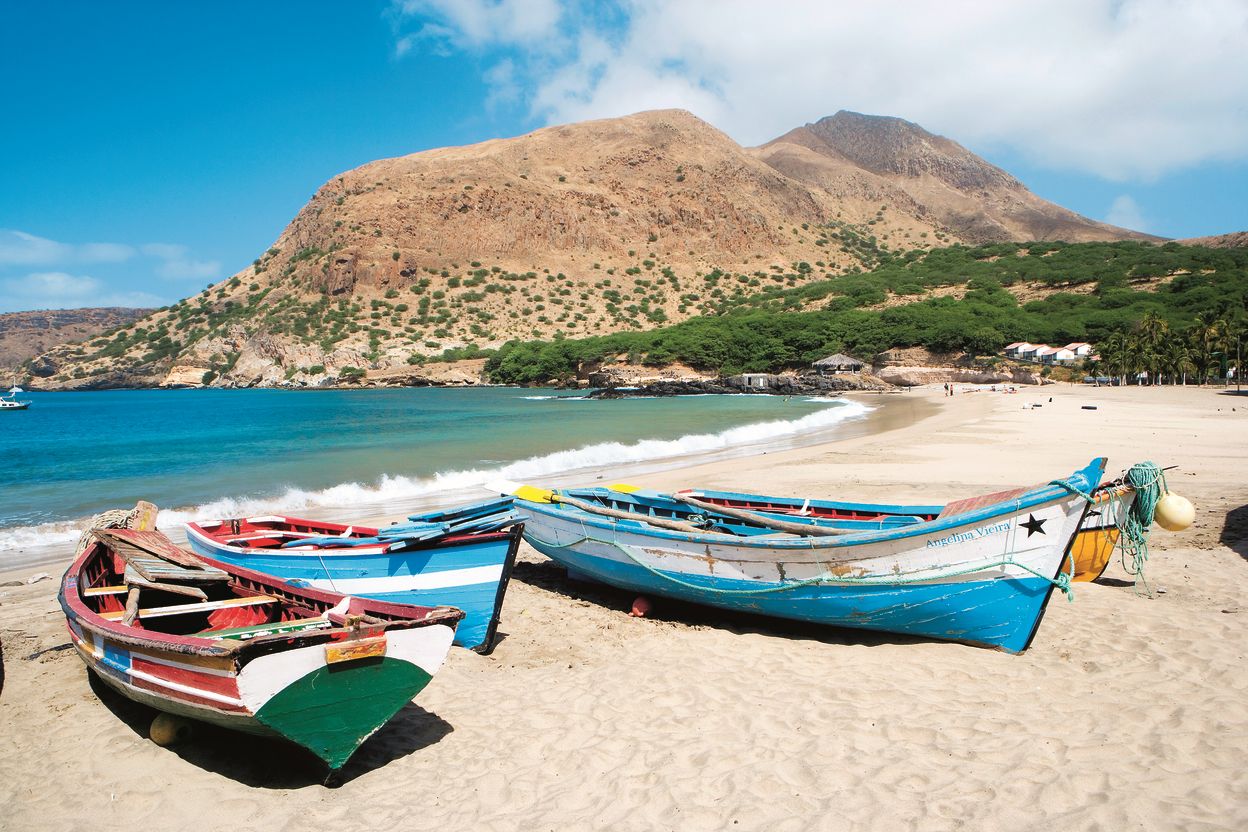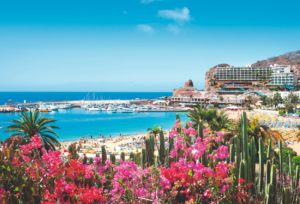
Set adrift off the coast of Senegal, the intriguing islands of Cape Verde dish up a heady blend of rhythms across a diverse range of musical styles. If you’re looking for a getaway with a melodic twist, take a look at the kind of sounds you can expect on Cape Verde holidays…
Morna
Easily the best known musical genre to arise from Cape Verde is Morna, a haunting, mournful (hence the name) traditional form, played on ukuleles and other string instruments. Heard often in the bars and restaurants of Sao Felipe and Santo Antonio on the island of Fogo, the vocal style is infused with melancholy which recalls both Portuguese Fado music and a type of blues originally sung on slave ships.
Cesária Évora, the ‘queen of Morna’, popularised the music and won international acclaim in the nineties, earning a Grammy Award nomination for her 1995 album Cesaria. Other Morna stars include composer and multi-instrumentalist Tito Paris and Paris-based singer Mayra Andrade, whose contemporary spin on Morna has drawn comparisons to Amy Winehouse and has seen her collaborating with the likes of British soul star Omar on her latest album Lovely Difficult.
Funaná
The African-inflected Funanáis decidedly more upbeat, drawing on accordion melodies and frantic percussion, it was officially banned for being ‘too African’ before Cape Verde won independence from Portugal in 1975. Unsurprisingly this saw Funanáenjoy something of a revival, spreading from its origins on Santiago Island to dominate the others, thanks to the local success of bands such as Bulimundo, their offshoot Finaçon and more recently Ferro Gaita, who have taken the genre back to its equally raucous, acoustic roots.
Coladeira
Coladeira has its roots in Morna and developed in the 1930s when Anton Tchitch and others experimented with upping the tempo of traditional Morna tunes. This cross-fertilisation of genres continued through the 50s to the 80s, as Latin, African and even British influences began to seep into the music. Among its leading exponents is Tito Paris who has also brought Haitian influences into play, creating numerous sub-genres known variously as Zouk, Cabo-Swing and Cabo-Love.

Butuku
Possibly Cape Verde’s oldest indigenous musical style, Butuku is a form of acappella singing. It’s often associated with the danceform that shares its name and it’s usually delivered with no musical accompaniment, save for rhythmic hand claps. Butuku features a call and response format, with a lead singer issuing the call, and a chorus of supporting singers replying. It’s originally thought to have had a ceremonial role, used in weddings, holy days and feasts, but in recent years young singers from other, more commercial genres, such as Lura and Mayra Andrade, have embraced the form, breathing new life into it.
Where to go
Santiago
Most people think of Santiago when they think of Cape Verde holidays and it’s certainly the liveliest of the islands, as well as being the biggest. It’s also the home of several of the Cape’s musical genres: for live sounds, check out Tabu Bar and the Zero Horas.
Sao Vicente
Sao Vicente has a strong music scene too, being home to the legendary Cesaria Evora while also hosting the Mardi Gras carnival in February. It’s a good place to sample contemporary Coladeira, especially in clubs like the Astro, Disco Galaxe and Complexo Fantastique.
Boa Vista
Boa Vista is a lot quieter, but you can catch some traditional music at places like Esplanade Municipal Silves or nod along to the reggae vibe at Ka Djinha.

Interested in exploring some more of Cape Verde’s unique identity? Read about the island’s festivals and other cultural attractions before you go.
Images by Lorenzo D. A. S, As fotos da Virada and Rs-Foto, used under Creative Comms licence.
You may also like
Cape Verde holidaysmornamusic cape verde





